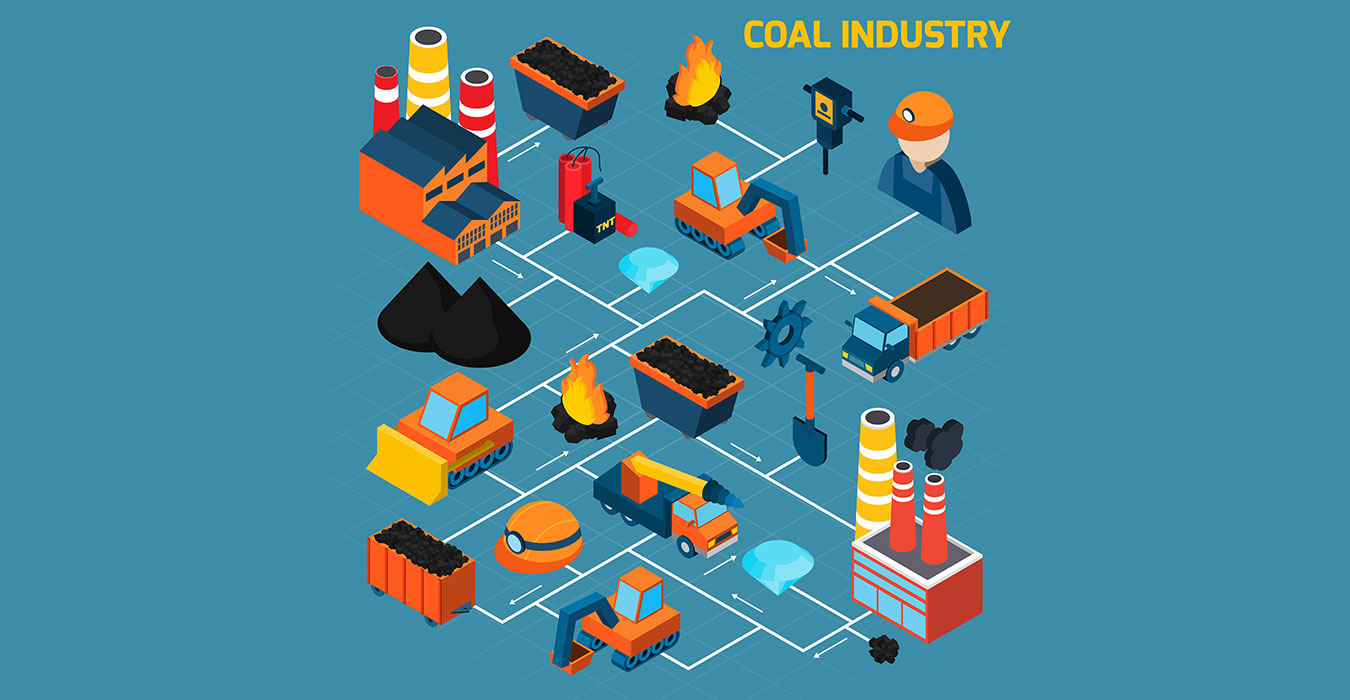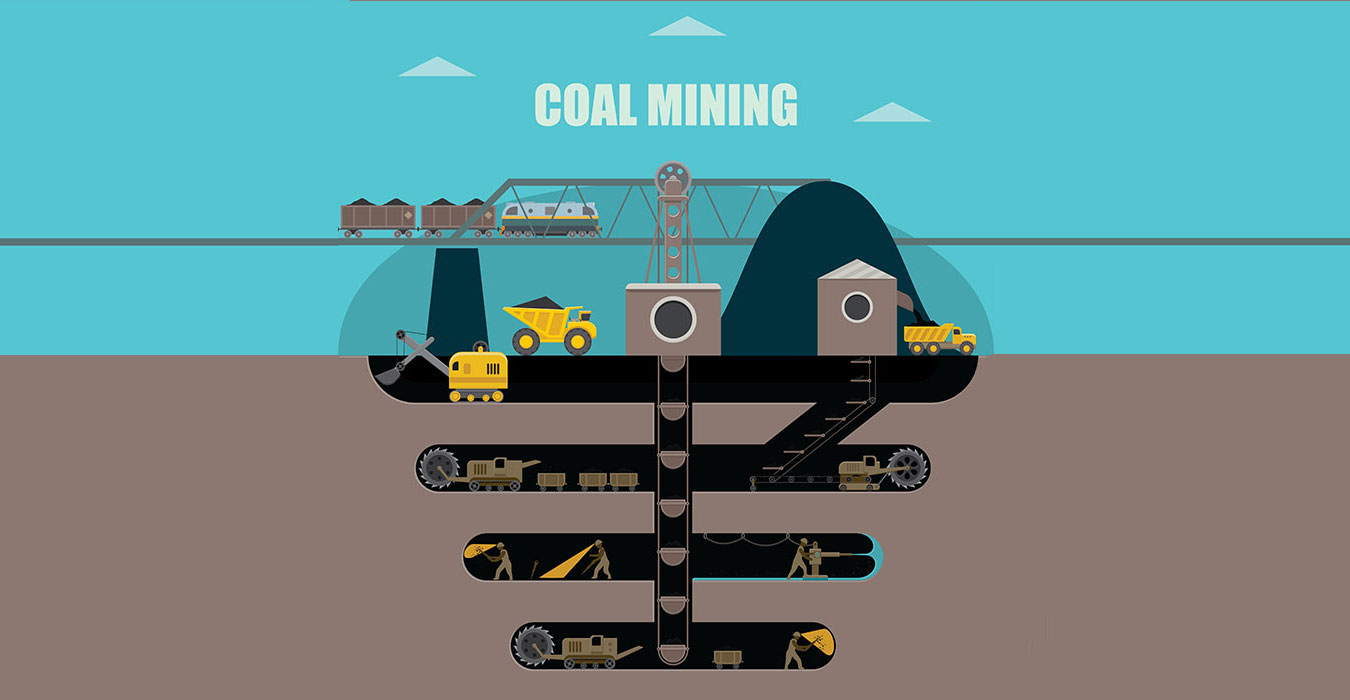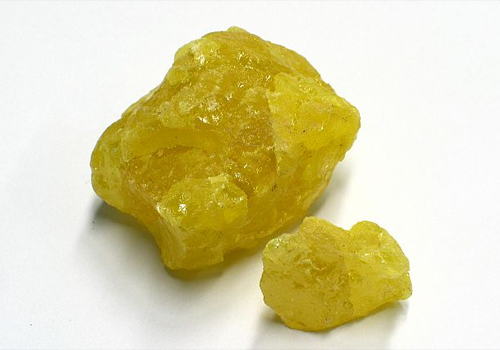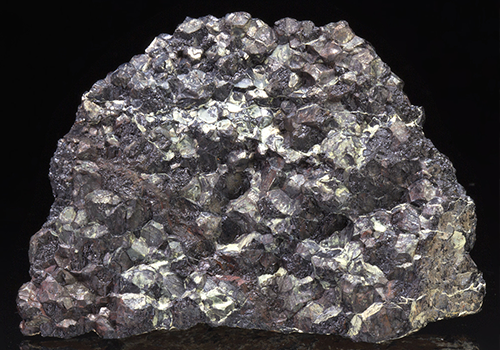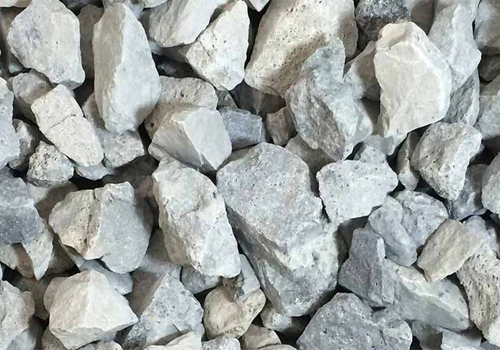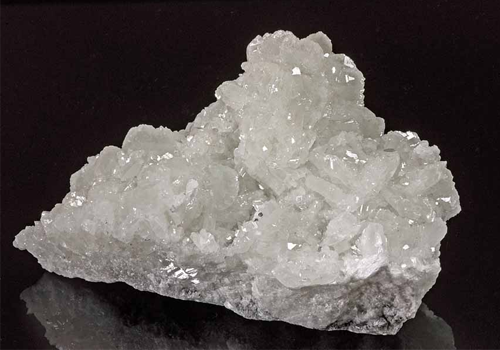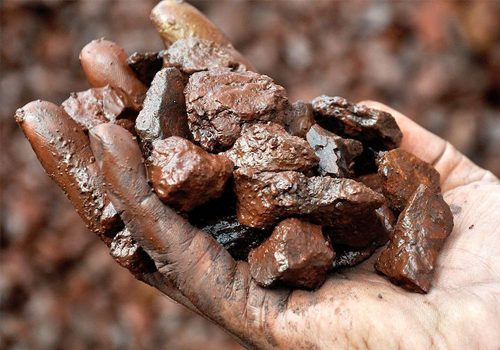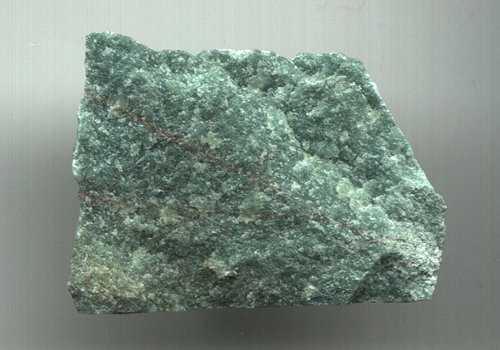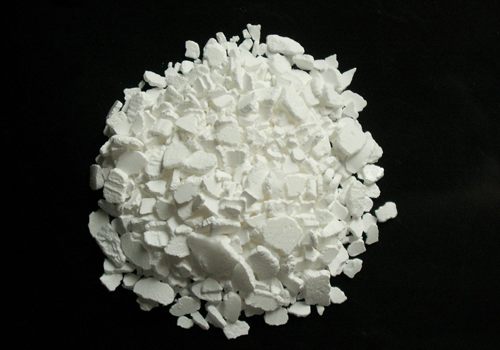In addition to natural gas and metallic mineral riches, Balochistan is also blessed with industrial minerals – materials other than fuel, metal or gemstones mined for their commercial value. They are part of a diverse range of products that BMI promotes to daily lives from construction to ceramics and paint to plastics.
According to the records there are over 5,300 known mineral species (number is still of debate) among them over 5,290 had been approved by the International Mineralogical Association (IMA). Another specification of minerals can be that of silicate minerals which compose over 90% of the Earth’s crust. To avoid the misperception over what actually constitutes the Silicate minerals: They occur when Silicon and oxygen translates directly into the Earth.
Between 1950-1980, the geological community of Pakistan can be credited with several major achievements in economic geology such as discovery of major gas fields in Balochistan, uranium from foothills of Sulaiman Range in Punjab and southern KPK, barite from Balochistan and KPK, chromite and China clay in KPK, famous emerald in KPK, copper-gold and lead-zinc in Balochistan and KPK. Malkani presented the mineral potential of Sulaiman fold belt and Balochistan provinces respectively. Recently many discoveries of fluorite (Malkani) gypsum (Malkani, coal (Malkani gold-silver associated with antimony (Malkani), cement resources (Malkani), marble (Malkani), barite (Malkani and Tariq), gemstones (Khan and Kausar), copper, REE, etc. are made.
Further recently the minerals of each province of Pakistan like Balochistan (Malkani), Khyber Pakhtunkhwa (Malkani), Sind (Malkani), Punjab (Malkani), Gilgit-Baltistan (Malkani) are comprehensively presented. The major lead-zinc and barite deposits are discovered by GSP from the Las Bela-Khuzdar region. The mineralization is found in the upper part of Lower Jurassic Shirinab Formation. Main deposits are Shekran, Ranj Laki, Malkhor (NW of Khuzdar), Gunga, Surmai (SW of Khuzdar, and Duddar (SE of Bela). Gunga, Surmai and Duddar deposits have been explored and evaluated in detail. Minor deposits and showings of lead-zinc are found from Mithi, Parabeck, Imirdin, Muzhigram, Tashker and Pakhturi of Tirich Mir zone, and Baig, Madashil, Awireth of Chitral; Faqir Mohd (Hazara), Hal, Kokal, Mihal, Paswal, Pazang and Ushu.
The Duddar deposit has multiphase mineralization and overprinting of later phases on the earlier ones. Deformation of sulphide layering shows that ore was formed before early emplacement. Proved reserves of 6.38mt and inferred reserves 3.43mt with 11.34%Zinc and 2.01% lead have been established (Jones and Shah, 1994). Gunga deposit, 11km SE of Khuzdar, is hosted by Early to Middle Jurassic Anjira Formation.
The country itself has high potential of minerals/rocks like indigenous iron, ochre, copper, gold-silver, lead, zinc, barite, chromite, bauxite, radioactive minerals, rock phosphate, coal, gypsum, rock salt, laterite and ochre, silica sand, granite, quartzite, nepheline syenite, natural gas and oil, limestone, dolomite, marble, quartzite, slat stone, serpentine, sandstone, gravel, sand, silt and different type of clays, igneous and metamorphic rocks, etc. and low potential of antimony, asbestos, celestite, fluorite, magnesite, soapstone, mica, feldspar, graphite, potash salt, arsenic, tungsten, platinum group, nickel, cobalt, vanadium, thorium, rubidium, rare metals and rare earth elements, etc. Balochistan also contains precious gem minerals like emerald, Ruby, tourmaline, aquamarine, spinel, garnet, moonstone, pargasite, peridot, quartz, topaz (pink topaz), fluorite, kyanite, etc.



